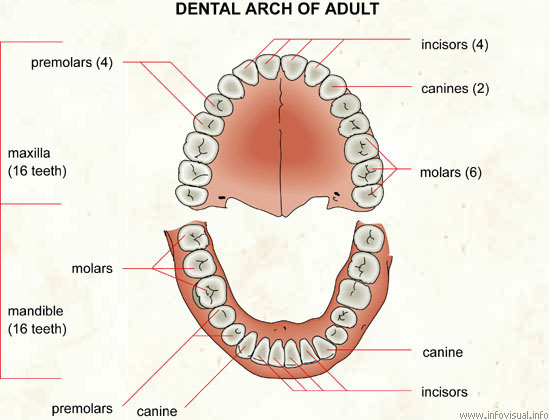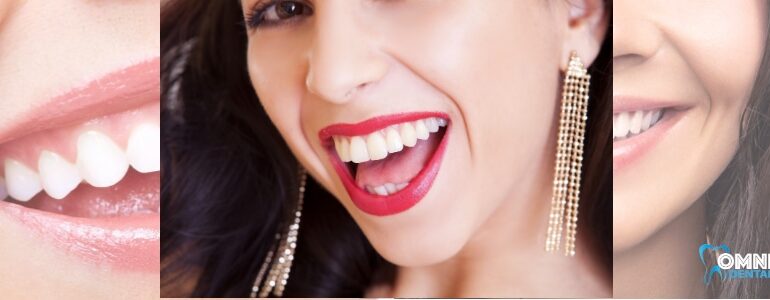A dental arch is made up of the upper and lower jaws, which house the teeth. Each arch has two rows of teeth – one row in the upper jaw and another row in the lower jaw – that are arranged in a semi-circular pattern.
The teeth on each arch are labeled according to their position, such as incisors, canines, premolars, and molars. The teeth within each arch are closely spaced together in order to form a strong biting surface and allow for efficient chewing of food. Each arch is also supported by two jawbones known as the maxilla and mandible.
The upper dental arch typically has 16 teeth while the lower arch usually has 14 teeth. The positioning of the teeth on each arch is specific and helps to provide stability to the jaw and facial structure. In addition, each tooth in a dental arch has its own unique shape, size and function.
The upper and lower dental arches must fit together precisely in order for proper chewing and speaking to occur. If one or more teeth are missing or misaligned, it can lead to difficulty in speaking and chewing. It is important to maintain healthy dental arches through regular brushing and flossing, as well as routine visits to the dentist. The positioning of the teeth must also be monitored regularly to ensure they are properly aligned and free from decay.
The structure of the dental arches
There are a total of 32 teeth in our mouths – 16 in the upper arch and 14 in the lower arch. The teeth on each arch are specifically arranged and play an important role in our overall oral health.
The upper arch typically consists of four incisors, two canines, four premolars, and six molars (including the wisdom teeth). The lower arch typically includes four incisors, two canines, three premolars, and five molars.
on other hand lower arch typically consists of four incisors, two canines, three premolars, and five molars.
In order for the upper and lower dental arches to fit together correctly, they must be properly aligned. The positioning of the teeth on each arch is important for proper dentition and jaw health. They must fit together perfectly in order for proper chewing, speaking and facial structure to be maintained.
The length of the occlusal table is an important factor in determining the structure and alignment of the dental arches. The longer the occlusal table, the more support it provides for stable teeth arrangements. A shorter occlusal table requires more precise tooth alignment to achieve a balanced bite.
The ideal length of the occlusal table is determined by a number of factors including the patient’s age, condition of their teeth, and jaw structure. Once this has been assessed, dentists can then decide on the best treatment plan to achieve a healthy and functional dental arch.
you may also be interested in 5 Benefits of Receiving a Full Arch of Dental Implants.






